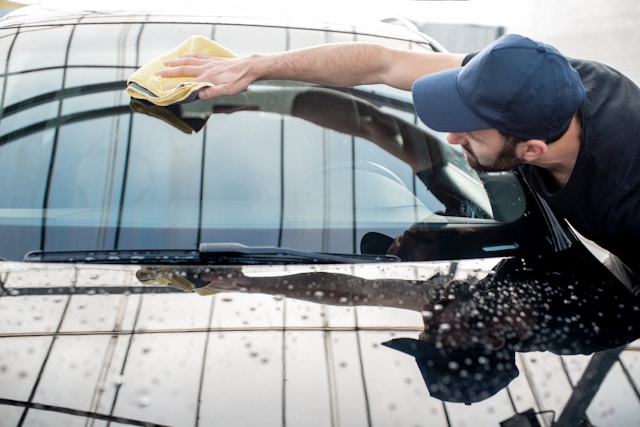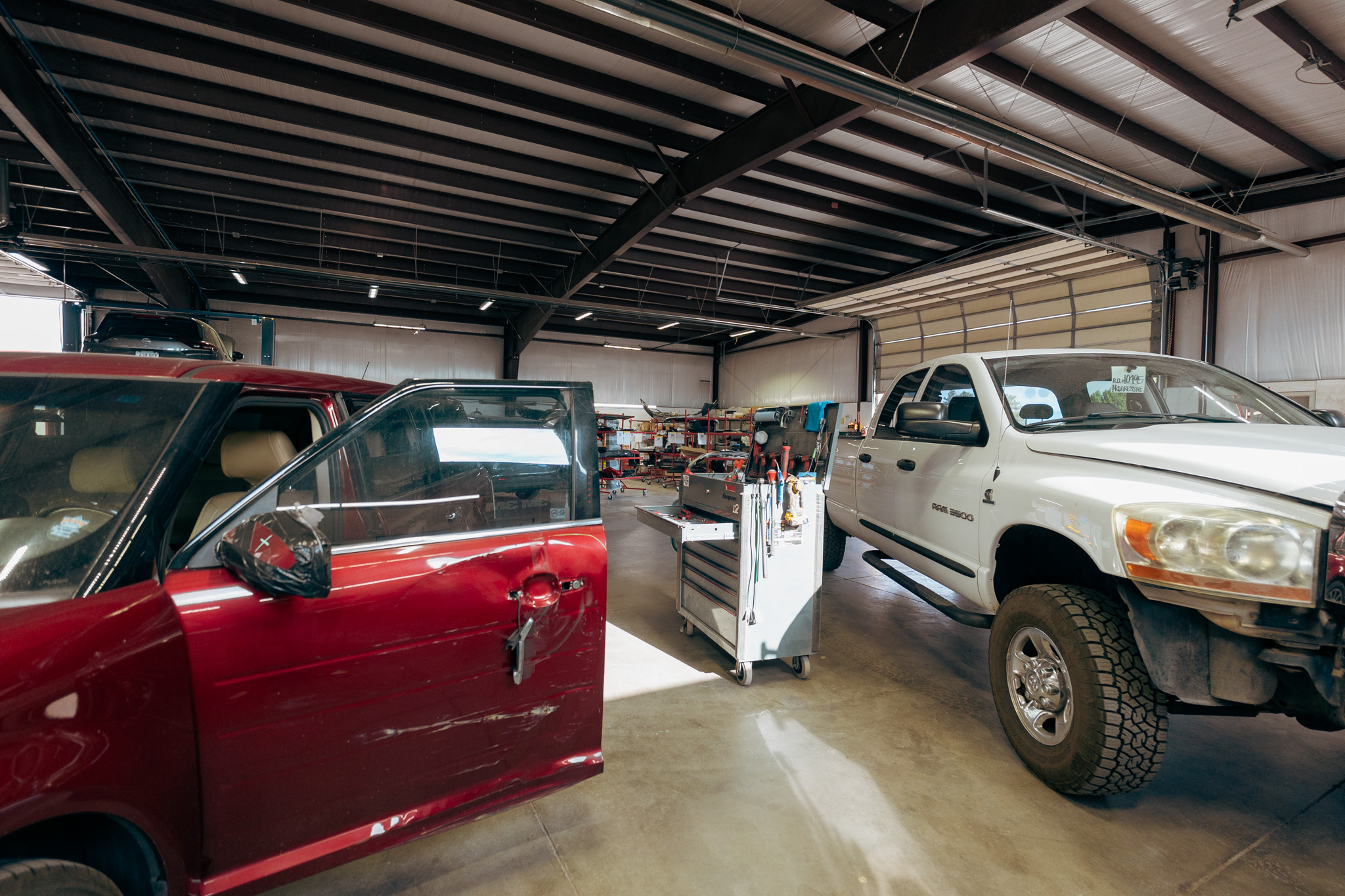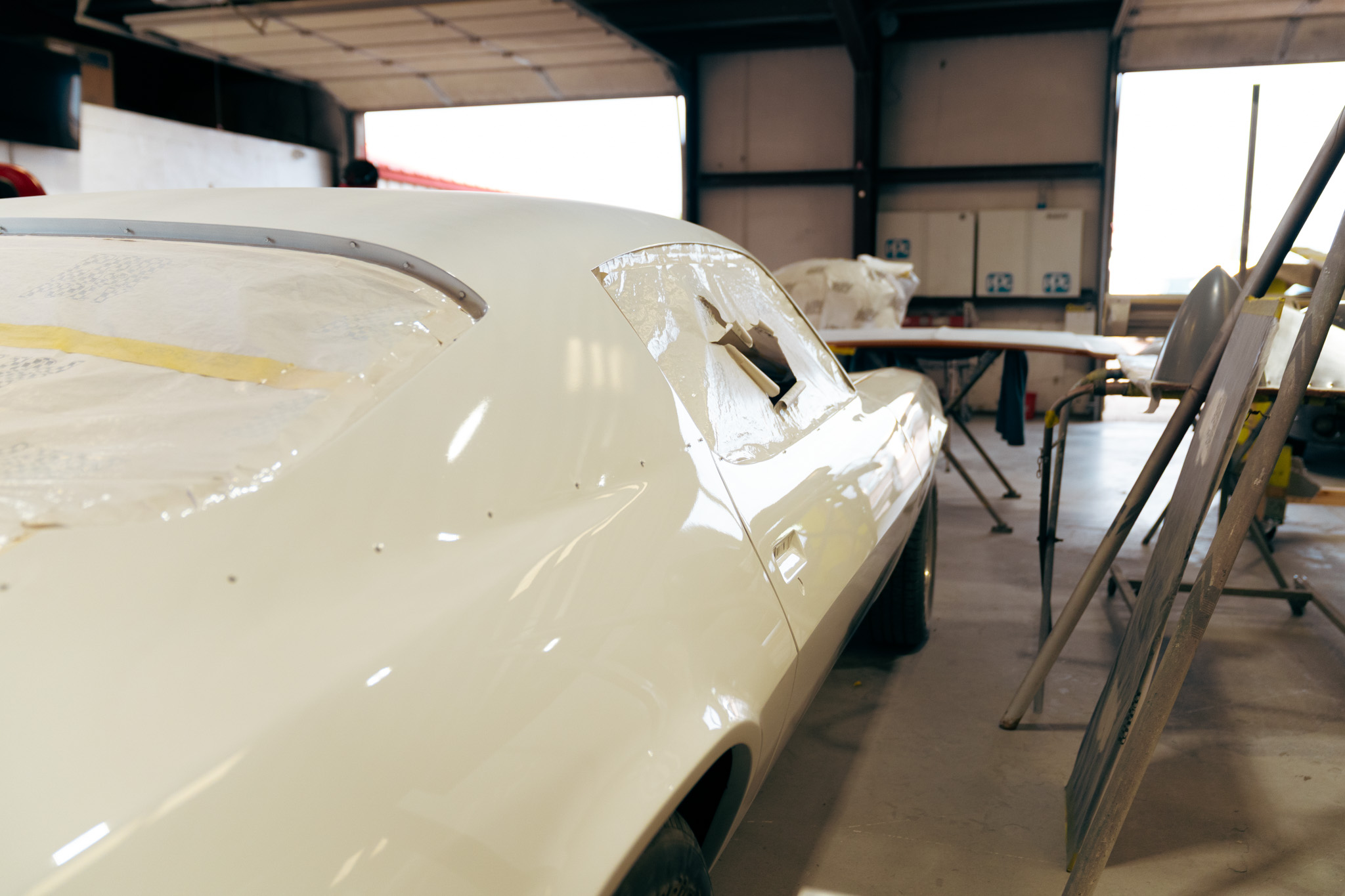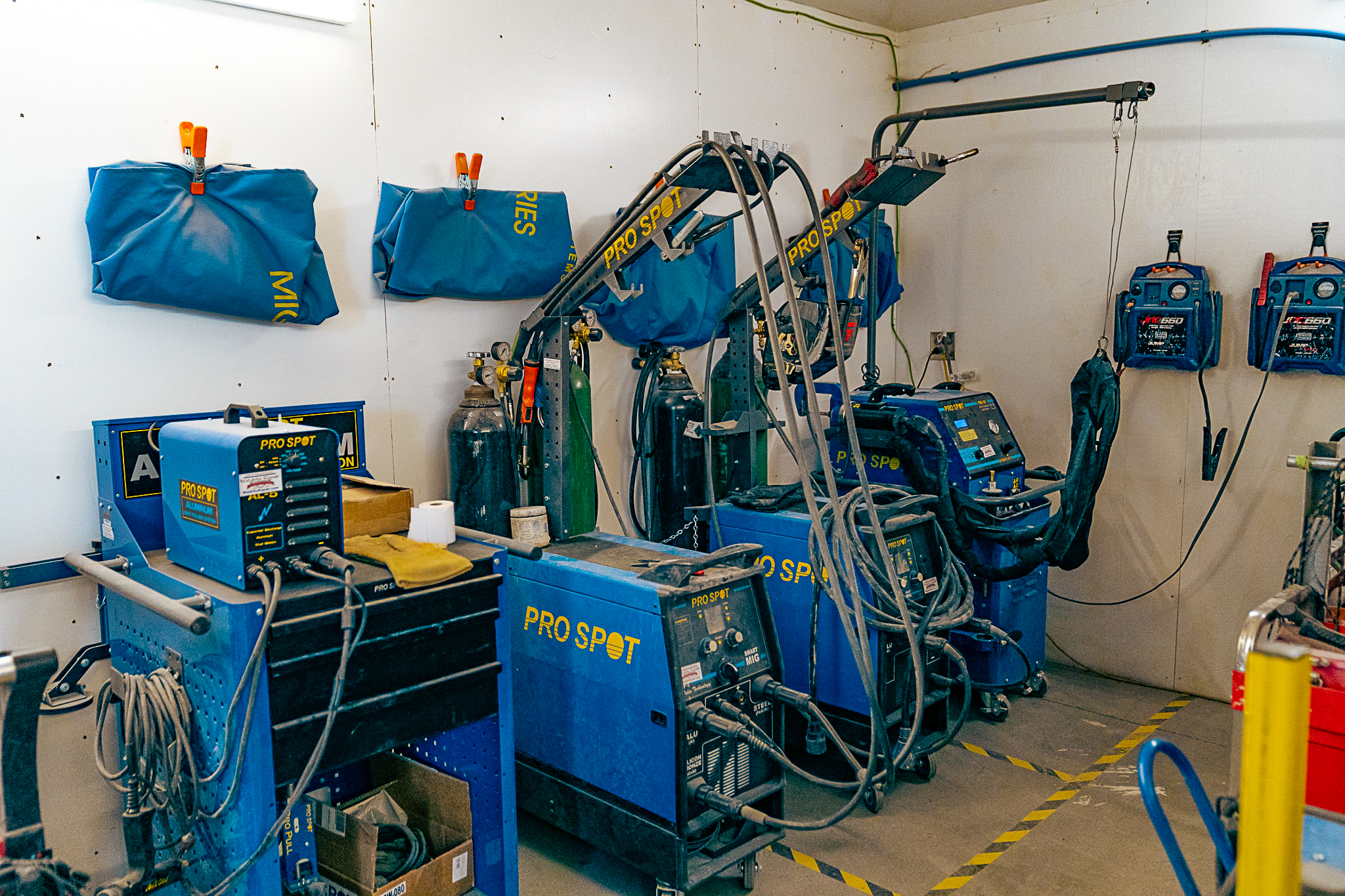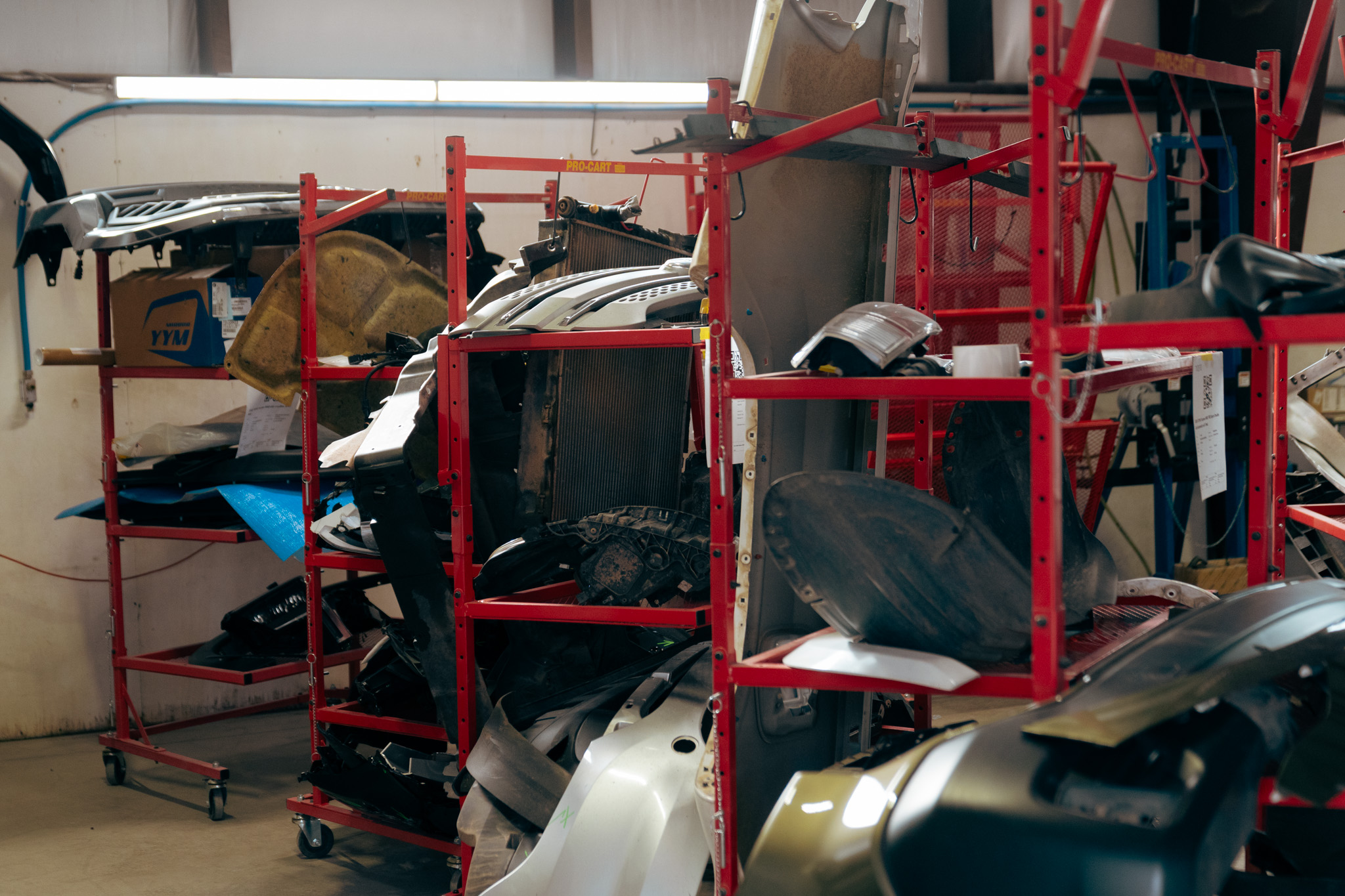Blog
How Arizona’s High Elevation Affects Vehicle Performance After an Accident

The White Mountains of Arizona — home to communities like Lakeside, Show Low, and Pinetop — sit at elevations above 6,000 feet. While this altitude provides cooler summers and beautiful landscapes, it also affects how vehicles perform, especially after a collision. At Heck’s Collision Center, we’ve seen firsthand how high elevation magnifies post-accident issues and why it’s critical to address them properly. Here’s what Arizona drivers need to know about repairing and maintaining vehicles in these unique conditions.
Why High Elevation Impacts Vehicles
Thin mountain air contains less oxygen, which influences engine performance, braking, and even tire pressure. When a vehicle is already compromised by collision damage, these effects become more pronounced. Drivers often report new symptoms after a crash — not because the accident was more severe, but because elevation reveals weaknesses that weren’t noticeable before.
Key ways high elevation impacts vehicles include:
- Reduced Engine Power: Less oxygen means reduced combustion efficiency. Damaged air intake or exhaust systems may struggle even more, leading to sluggish acceleration.
- Increased Brake Stress: Steep grades common in the White Mountains put additional load on braking systems. If brake lines, rotors, or calipers were damaged in a crash, failure risks rise dramatically.
- Cooling System Demands: Climbing mountain roads increases engine temperatures. Bent radiators, leaking hoses, or fan issues from a collision may cause overheating sooner at altitude.
- Tire Pressure Variability: Air pressure changes with elevation; misalignment or suspension damage from a crash can lead to uneven wear or blowouts.
Hidden Damage That Becomes More Serious at Altitude
Not all collision damage is visible. At higher elevations, subtle issues can create noticeable safety risks:
- Frame Misalignment: A slightly bent frame might seem minor on flat terrain, but mountain curves magnify handling problems.
- Sensor and ADAS Malfunctions: High-elevation driving demands fully functional stability control, traction control, and lane departure systems. Even small misalignments can compromise safety.
- Exhaust Leaks: Thin air means higher exhaust gas temperatures. Cracked manifolds or exhaust components from a crash can worsen at elevation.
- Water Intrusion: Mountain weather can be unpredictable; compromised seals lead to leaks, mold, and electrical issues.
Why OEM Repairs Matter in Mountain Conditions
Factory parts (OEM) are designed to handle the unique loads and tolerances of your specific vehicle. After an accident, choosing OEM components is even more critical in areas like the White Mountains where steep inclines and sudden weather changes stress every system. At Heck’s Collision Center, we prioritize OEM parts for auto body repairs and frame straightening to ensure safety and long-term reliability.
Pre- and Post-Repair Scanning: Essential in High Elevation Areas
Modern vehicles rely on sensors for everything from stability control to adaptive braking. A minor collision can throw these systems out of calibration. At high elevations, where roads are winding and conditions can change quickly, miscalibrated systems pose a greater danger. Our pre- and post-repair scanning process ensures every sensor is tested and recalibrated so your vehicle performs correctly in challenging terrain.
Local Challenges Unique to the White Mountains
Repairing vehicles in high-elevation Arizona isn’t just about fixing dents — it’s about understanding how the environment affects long-term performance. Common local challenges include:
- Sudden Temperature Swings: Morning frost and afternoon heat stress components like cooling systems and seals.
- Monsoon Season Hazards: Heavy rains and hail can worsen pre-existing damage or create new issues like rust and electrical shorts.
- Remote Driving Conditions: Long stretches without services make reliable repairs essential for safety and peace of mind.
FAQs: High Elevation Collision Repairs
Do all vehicles lose power at high altitude?
Yes, but turbocharged and modern engines are less affected. However, collision damage to air intake, fuel delivery, or exhaust systems can amplify power loss in mountain driving.
Will my insurance cover extra diagnostics for high-elevation issues?
Most insurers cover diagnostics if tied to collision repairs. At Heck’s, we document all elevation-related findings to ensure proper claim support.
Can I drive my car down to lower elevations for repairs instead?
You could, but repairs done without understanding White Mountain conditions may overlook issues unique to this environment, like altitude-related cooling and brake demands.
Why Choose Heck’s Collision Center in Lakeside, AZ?
Since 2004, Heck’s Collision Center has combined Gold Class I-CAR certification with deep local experience to serve drivers across Northeastern Arizona. We understand mountain driving challenges and tailor repairs to meet both OEM standards and regional realities.
Our services include:
- Factory-quality paint refinishing and color matching
- Complete collision and body repairs
- Advanced frame alignment and straightening
- Insurance claim assistance to simplify the process
Schedule Your Post-Accident Inspection Today
High elevation can turn minor damage into major safety risks. Don’t wait to address collision damage — trust a local shop that understands the White Mountains’ unique demands.
Schedule your estimate today or call 1-928-368-2288 to get started with expert collision repairs in Lakeside and beyond.
‹ Back



